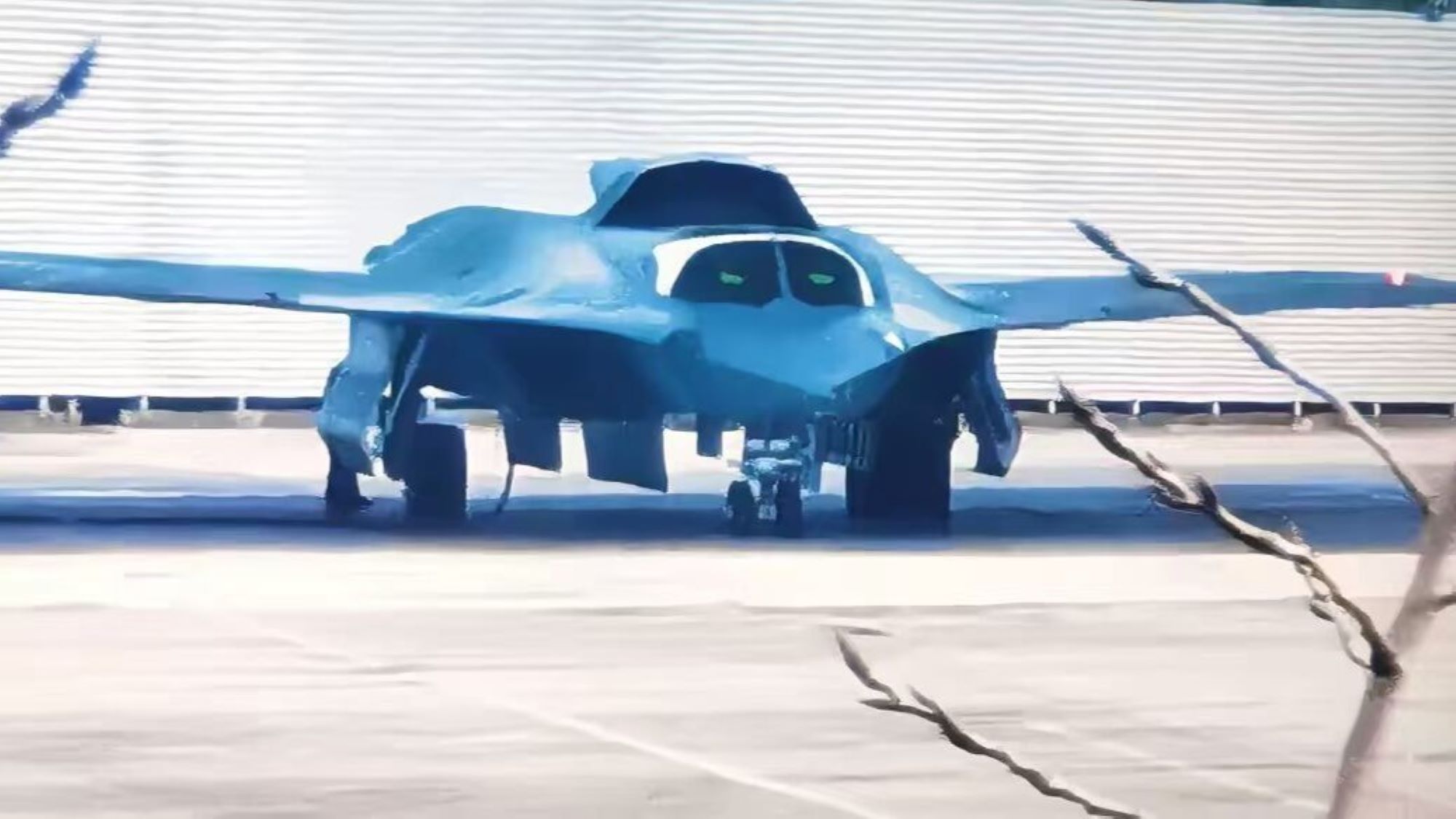Amazon Begins Testing Order Delivery Handled by Humanoid Robots
Amazon is beginning testing of its humanoid robots for the purpose of order delivery.

It should come as no surprise that e-commerce giant Amazon is interested in pushing the boundaries of what is possible. As CEO Andy Jassy recently described in a blog post explaining the business philosophy of Amazon being a “why” company, the question of “Why can’t we have humanoid robots help deliver our customer orders?” has seemingly been promoted nearer to the top of the retailer’s list.
As The Guardian’s Dan Milmo detailed (via The Information), Amazon is now in the early stages of testing humanoid robots within a facility deemed a “humanoid park” specifically constructed for the purpose. An indoor obstacle course located in San Francisco, California, is slated for use as the primary testing grounds. The course is about the size of a coffee shop, with the company hoping that, in combination with its fleet of Rivian EV delivery vans, humanoid robots will be able to successfully deliver individual parcels to awaiting customers.
“Even with a human driver behind the wheel, a robot could theoretically speed up drop-off times by visiting one address while the human employee delivers to another. Amazon also has an interest in self-driving vehicles through its Zoox unit,” Milmo wrote.
Following Tests in ‘Humanoid Park,’ Amazon Plans Field Trips for Robot Delivery Agents
Should tests within the contained area of the humanoid park prove fruitful, Amazon eventually plans for its humanoid robot delivery agents to hit the road for a real-world field trip test. The robots would wait within the confines of one of the company’s Rivian vans until it’s time to exit the vehicle for a delivery, navigating such potential pitfalls as uneven ground, children, or wary pets.
And as Milmo highlighted, Amazon has already been active on the automated labor front, deploying similar humanoid robots — developed by U.S.-based Agility Robotics — in its warehouses, allowing human workers to hand off at least some tasks to robotic counterparts in those facilities.
Drawing comments from Professor Subramanian Ramamoorthy, chair of robot learning and autonomy at the University of Edinburgh, Milmo noted the professor’s endorsement of the idea of using robotic agents for last-mile delivery, saying that the robotics team behind the game plan was respected and that the idea itself was unsurprising.
However, as Ramamoorthy indicated, real-world delivery may present a myriad of complications for the robots.
“If Amazon restricts the scope, which means using relatively clear driveways and standard layouts of doors and surroundings, then the task would be quite a bit simpler. As the environments become more complex and variable, and others enter the picture — such as pets and small children — the problems become harder,” the professor said.
























































































































































